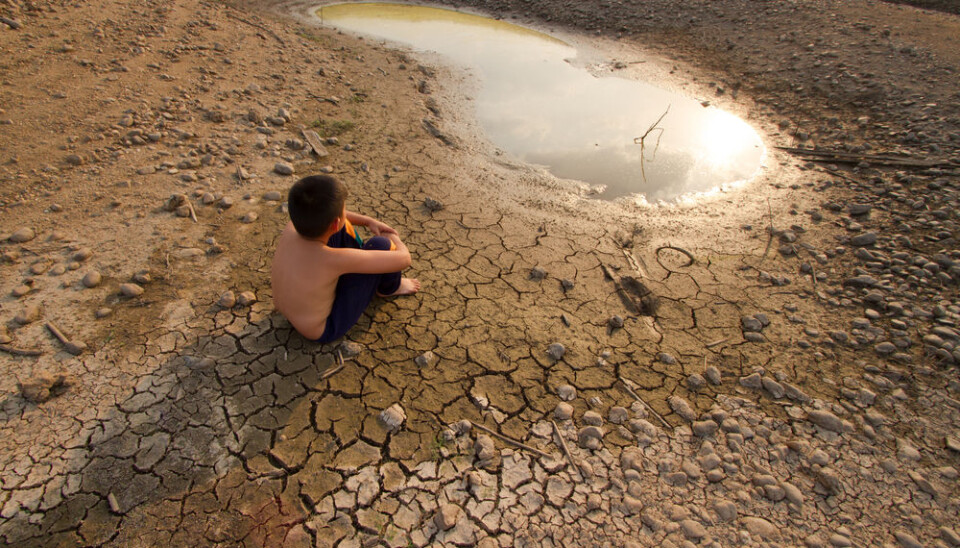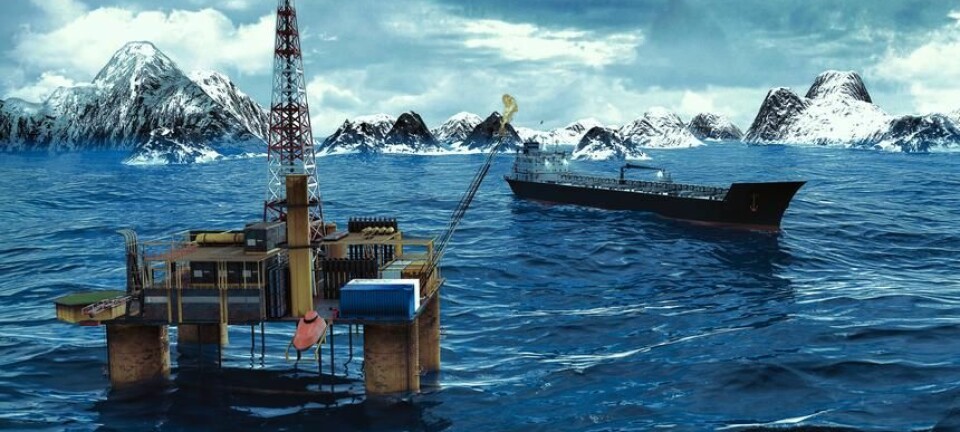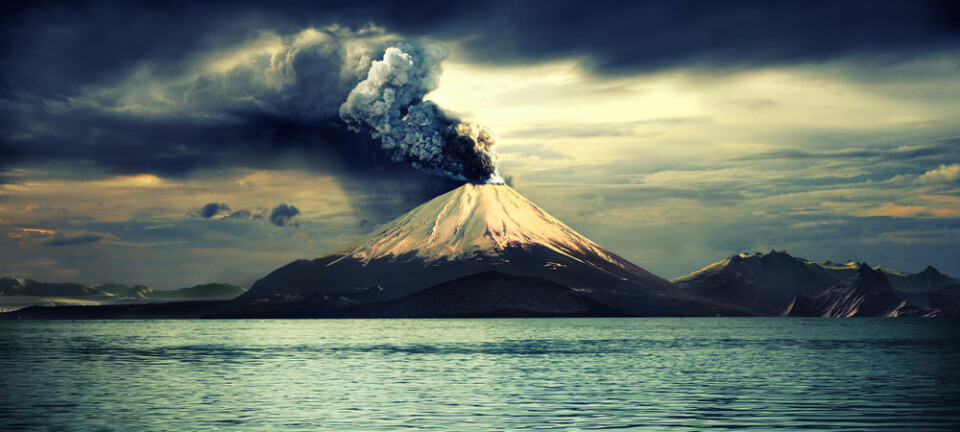
Scientists discover the cause behind prehistoric climate change
Scientists now know why the climate underwent dramatic changes at the end of the last Ice Age.
Scientists have discovered the causes behind a period of dramatic climate change at the end of the last Ice Age, which will help predict how climate will change in the future.
Climate scientists are nervous about how man-made climate change may impact on the Gulf Stream--the ocean current that brings warm water from the tropics to the North Atlantic.
Changes to Gulf Stream, according to the new research, may not only result in a much colder Europe, but it might also lead to changes in ‘communication’ between the ocean and the atmosphere. Such changes could lead to the kinds of abrupt climate changes last seen at the end of the last Ice Age.
"There are things happening that are unknown right now. Ice caps are melting, but we don’t know how quickly. Nor do we know how sensitive ocean currents are and how quickly they will change,” says lead-author Joel Pedro from the Niels Bohr Institute at the University of Copenhagen, Denmark.
“In order to respond to the effects of various [predicted] future climate scenarios, it’s important that we understand the mechanisms that are in play. Here we point to important processes that occurred in the past, which can be used to test computer models that predict future climate," says Pedro.
The new study is published in the scientific journal Nature Geoscience.
Severe climate changes since the last Ice Age
The new research looks back to the climatic changes that took place between 18,000 and 10,000 years ago, when the Earth was coming out of the last ice age.
At that time, large parts of the Earth's northern hemisphere were covered by kilometre-thick ice sheets that held Europe, Asia and North America in an icy grip.
The planet had started to escape this cold grip when an event occurred, the so-called Antarctic Cold Reversal, around 15,000 to 14,000 years ago At this time, temperatures in the northern hemisphere started to increase, whilst the southern hemisphere became gradually colder.
These temperature changes happened quickly, sometime by as much as ten degrees centigrade in a single decade.
Scientists suggest that these climate changes were helped by subsequent changes in ocean currents, which meant that more warm water from the south was directed north.
But Pedro believes that this overlooks the role of the atmosphere in driving this changing climate.
"The key question is how changes in the Southern Hemisphere affect the northern hemisphere, and vice versa. In the last ten years there has been a huge debate about what role the atmosphere played, if any, which is where our study that looks at both the ocean and the atmosphere [comes in]," he says.
Reliable study based on huge data
Climate scientist and associate professor, Nicolaj Krog Larsen from the Institute of Geoscience, Aarhus University, Denmark, has read the new study and welcomes the comprehensive analysis.
He agrees with Pedro that the results clearly indicate that the atmosphere has played a large role in prehistoric climate change.
"This study shows very clearly and credibly that heat exchange in the atmosphere played a central role in the significant climate changes that happened at the end of the last Ice Age," says Larsen.
He is also impressed by the scope of the new study.
"It's a very solid study, which involved a huge amount of data, combined with state-of-the-art climate modelling. This makes the study particularly strong,” he says.
“It’s an elegant study and overall, gives us a better understanding of the climate in the past, which we can use to better predict how the climate will be in the future," says Larsen.
Studied ice cores and rodent droppings
Pedro and colleagues gathered previously published climate data from across the southern hemisphere, including ice cores from ice-sheets in Antarctica and glaciers in Patagonia, stalagmites from the caves of northern Australia, and even ancient rodent droppings from Africa.
Statistical analyses of ice, sediments, stalagmites, and piles of ancient rodent waste gave the scientists an insight into how climate changed over time.
Overall, the research pointed to very large differences in how climate change affected individual areas in the southern hemisphere, as the northern hemisphere was shaken out of its frozen sleep.
In Antarctica and Patagonia in South America, temperatures dropped gradually, whilst drought and soaring temperatures affected northern Australia and Africa.
"This is the first time that anyone has looked at all this data together and provided an overview of how each area responded to [this] climate change," says Pedro.
Computer models suggest atmosphere’s role
When the researchers had collected all their data, they compared them with climate models to determine how these changes might have occurred.
The models showed that the atmosphere played a surprisingly important role in this past climate change, and that the overall climate patterns were the result of a kind ‘tug-of-war’ between the atmosphere and ocean.
Near Antarctica, Patagonia, and New Zealand the cold seas won out against the atmosphere and forced temperatures down slowly. But in Africa and in northern Australia the situation was different. Here, the atmosphere won over the sea, resulting in drought and large increases in temperatures.
"The atmosphere was trying to compensate for the flow of warm water to the north by sending warm [air] south. The result [..] was some very abrupt climate change in these regions,” says Pedro.
“It’s very interesting to see how the climate of the southern and the northern hemispheres 'communicate' with each other through the ocean and the atmosphere," says Pedro.
Pedro believes that the results may be relevant to climate change today.
"Our study shows that the climate is fragile when it moves from one stage to another. Right now, we are in the process of pushing the climate by increasing atmospheric concentrations of CO2, and if we have pushed the environment beyond certain limits, it might result in extreme climate fluctuations,”
“It’s therefore important to understand what caused these climate fluctuations in the past, and what role the interactions between the atmosphere and the sea had in that context," he says.
------------
Read the Danish version of this story on Videnskab.dk
Translated by: Catherine Jex










